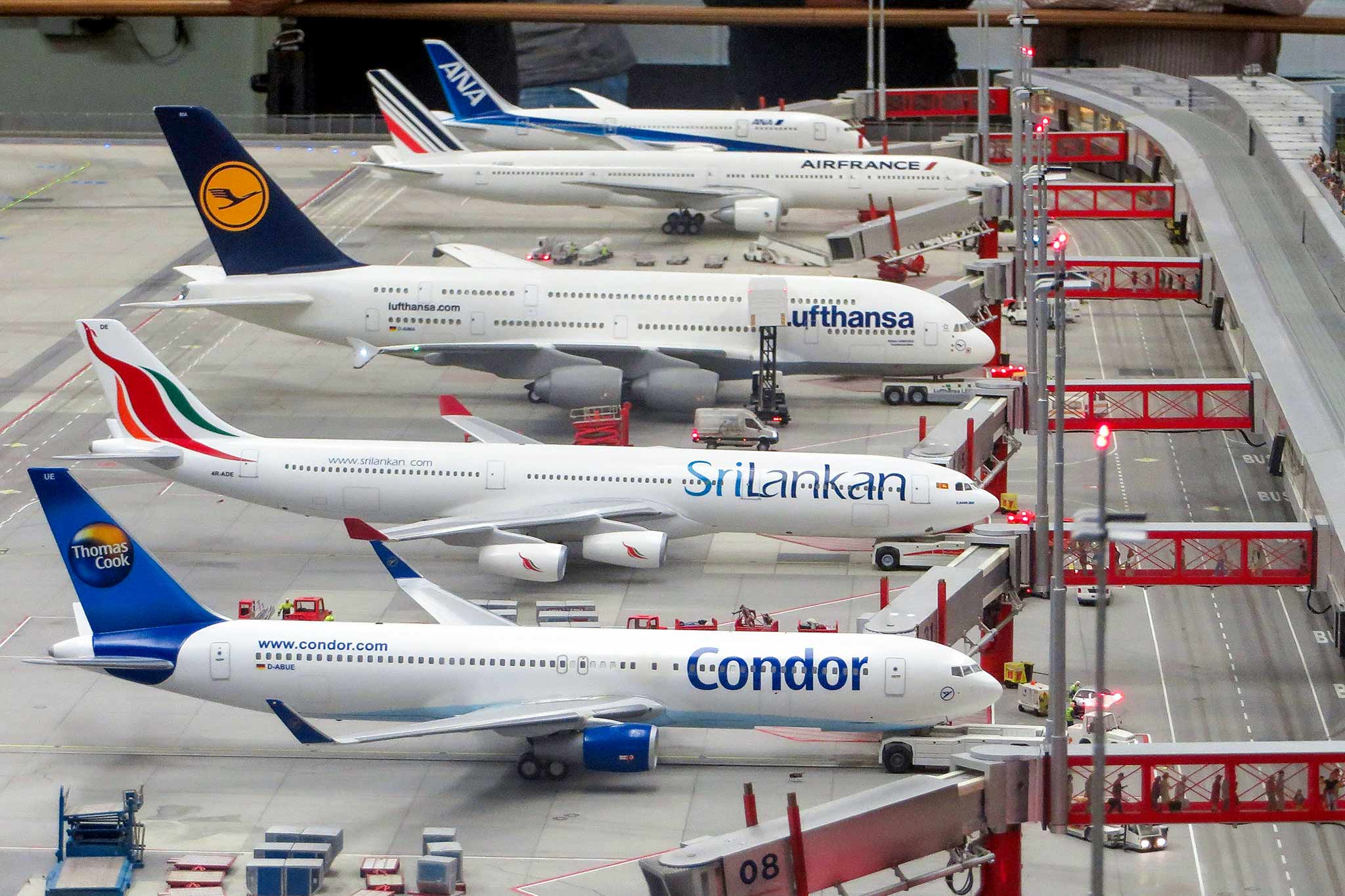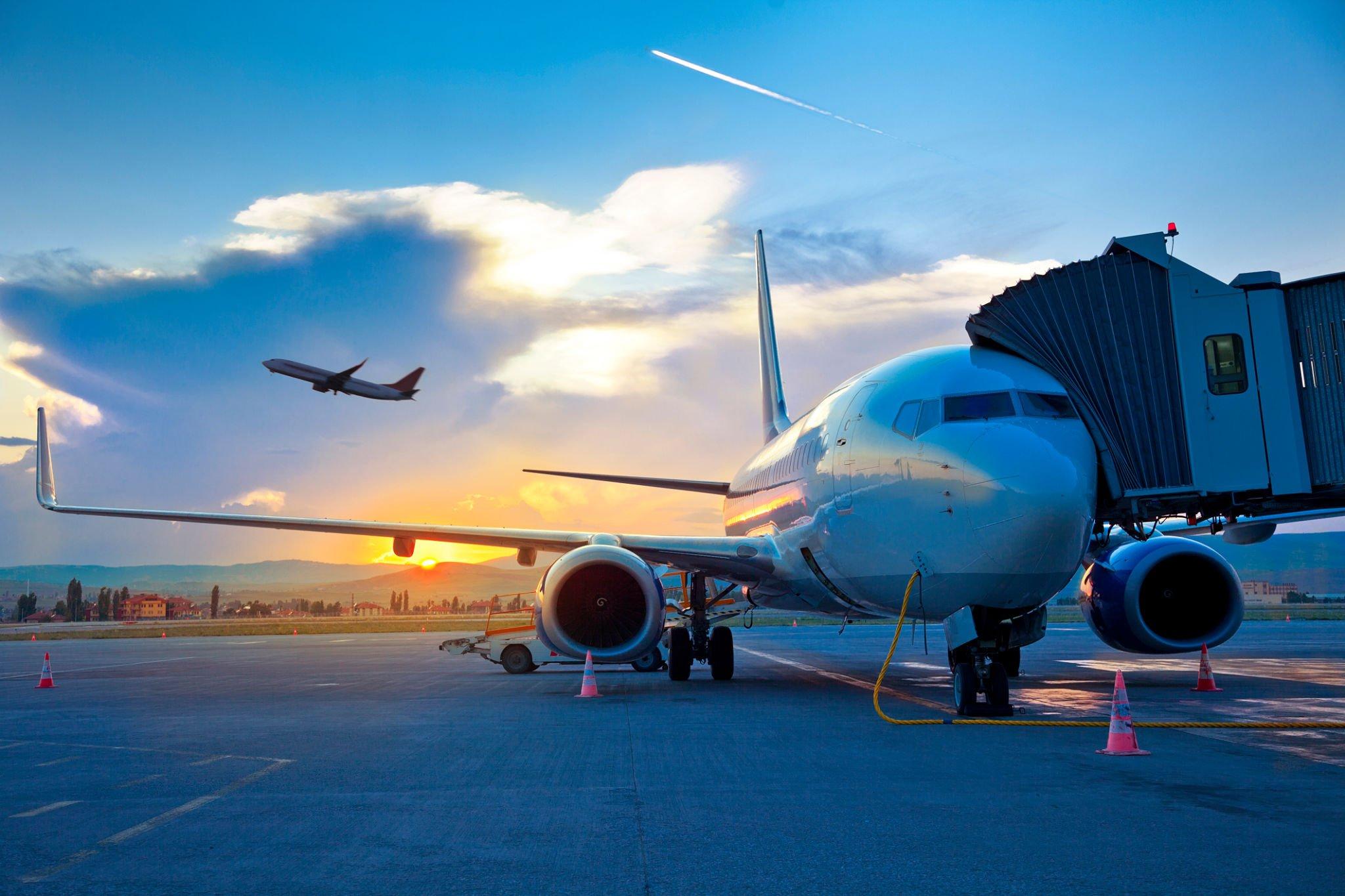

Why are flights being canceled? As we head into the hot summer months, flights may be impacted by excessive delays and cancelations.
With the release of the Intergovernmental Panel on Climate Change’s report on the state of the climate, it is clear that a concerted effort is essential to slowing the effects of rising temperatures across the globe. In the report, which the IPCC released in February, scientists warn of irreversible damage if we fail to take significant measures over the next decade to curtail emissions.
More immediately, the aviation industry is already seeing some of the effects of rising temperatures impact airlines and customers.
Why are flights being canceled? Temperature rises make it difficult to take off.
In the world’s hottest locations, extreme heat can make take off all but impossible because the air becomes too thin to support an aircraft. Over the past several years, however, cities in more temperate regions—think Seattle, Portland, and London—have experienced these heat-caused hiccups more frequently.
Just last June, the Pacific Northwest experienced record-breaking temperatures that pushed the mercury to 130 degrees on the tarmac. An airplane’s ability to take off is not the only obstacle to an on-time flight—those working on the tarmac must take more frequent breaks to avoid overheating, which can extend the time it takes to ready an aircraft.
How the Aviation Industry Is Responding to Climate Change
In March of 2021, Airlines for America, the trade organization that represents the major U.S. airlines, announced that its members had pledged to achieve net-zero carbon emissions over the next few decades. To address climate change, airlines are partnering with carbon offset programs, using sustainable aviation fuels, and investing in carbon capture technologies to bring carbon levels down.
Manufacturers are also investigating whether battery- and hydrogen-fueled aviation is possible. While the commercial availability of these technologies is still far off, some industry leaders have made great strides. For instance, in September, Rolls Royce conducted a 15-minute test flight of a small electric plane that could lead to short-distance air travel in the near future. Airbus has also said it plans to develop hydrogen-powered airplanes by 2035.
Airports and ground handling service providers are also making an effort to cut emissions. Aircraft are not the sole producer of carbon emissions in the aviation industry. Ground support equipment vehicles today primarily employ combustion technology. However, many service providers are pledging to phase out combustion engines for more climate-friendly electric vehicles.
Another Way to Cut Carbon Emissions in the Aviation Industry
Cutting carbon emissions is critical if we hope to avoid permanent damage to the climate. The aviation industry needs to use all of the tools available if we hope to leave the planet in good shape.
At Synaptic Aviation, we are committed to helping you achieve your emissions goals. Interested in learning how our AI technology can help you reduce fuel burn and become more efficient? Schedule a demo today at 844-505-4496, or contact us on our website.

Learn more, request a demo
Get Demo
 Recent Posts
Recent Posts 

Commercial Aviation Accidents Are at an All-Time Low, So Why are Airport Ramp Accidents Not Improving?
It is extremely rare these days to hear news about fatal commercial aviation accidents. Despite zero fatal accidents in 2023 compared to twelve in 1980, the yearly number of flights has more than quadrupled.
By Nicholas Casamayor April 13, 2024
